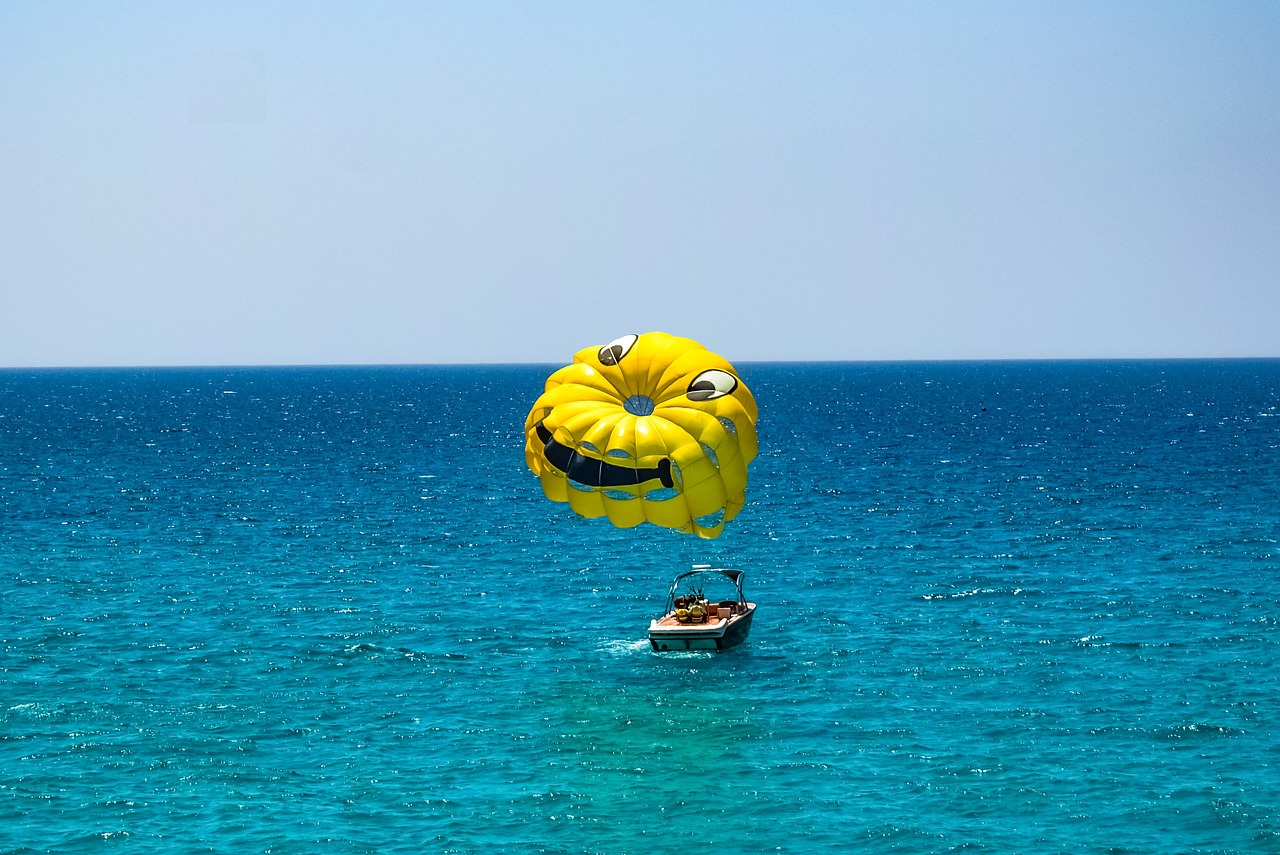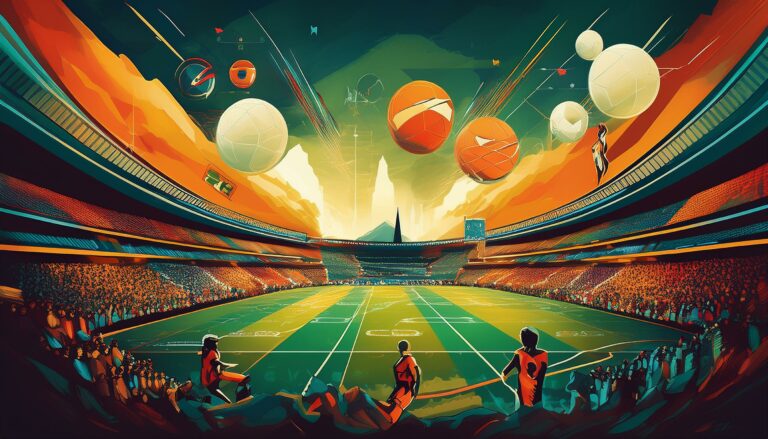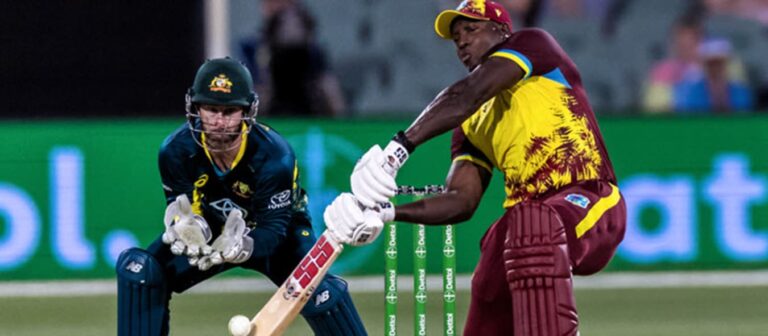Evaluating the Effectiveness of Different Cricket Training Surfaces
sky247, diamondexch9, tigerexch247:Cricket is a sport that requires precision, skill, and dedication. To truly excel in the game, players must have access to the best training facilities, including high-quality cricket training surfaces. But with so many options available, how do you know which surface is the most effective for your training needs?
In this blog post, we will evaluate the effectiveness of different cricket training surfaces to help you make an informed decision.
Natural Grass
Natural grass is the traditional surface for playing cricket, and many players prefer training on grass surfaces as it closely mimics the conditions of a real cricket pitch. Training on natural grass can help players develop their skills in a realistic environment, including dealing with variable bounce and swing.
However, natural grass surfaces require regular maintenance, including mowing, watering, and fertilizing. They can also be affected by weather conditions, such as rain, which can make the surface slippery and difficult to play on.
Artificial Turf
Artificial turf is another popular choice for cricket training surfaces. Unlike natural grass, artificial turf offers a consistent playing surface that is not affected by weather conditions. This makes it ideal for year-round training, regardless of the weather.
Artificial turf is also easier to maintain than natural grass, as it does not require mowing or watering. However, some players argue that artificial turf does not provide the same level of realism as natural grass, as the bounce and pace of the ball can be slightly different.
Indoor Nets
Indoor nets are a common training option for cricket players, especially in areas where outdoor training facilities are limited. Indoor nets offer a controlled environment for training, with consistent lighting and temperature conditions.
However, some players find that training in indoor nets can be limiting, as the surfaces are often concrete or synthetic and do not provide the same level of feedback as natural grass or artificial turf. Additionally, indoor nets may not allow players to practice fielding skills, such as diving and sliding.
FAQs
Q: Which cricket training surface is best for batting practice?
A: Natural grass is often recommended for batting practice, as it closely mimics the conditions of a real cricket pitch and allows players to develop their skills in a realistic environment.
Q: Are artificial turf surfaces durable?
A: Yes, artificial turf surfaces are designed to be durable and long-lasting, even with heavy use.
Q: Can I practice bowling on indoor nets?
A: Yes, indoor nets are a great option for practicing bowling skills, as they provide a controlled environment with consistent lighting and temperature conditions.
In conclusion, the effectiveness of different cricket training surfaces ultimately depends on your training goals and preferences. Whether you prefer the realism of natural grass, the consistency of artificial turf, or the convenience of indoor nets, there are options available to help you improve your cricket skills. Choose the surface that best suits your needs and start training today!







